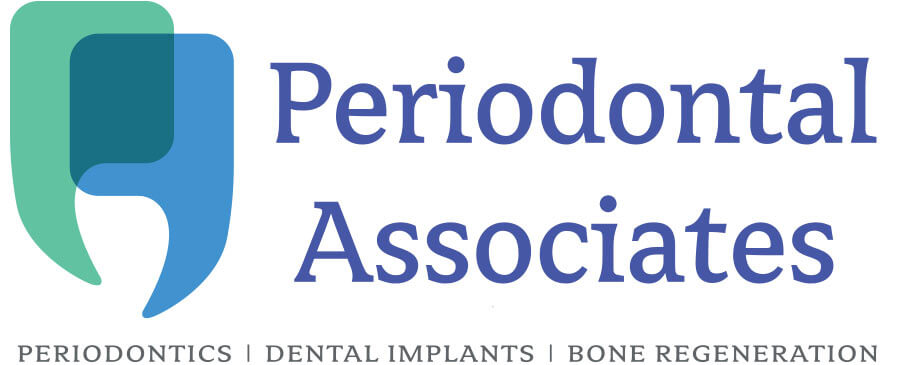
Oral surgery designed to stimulate new bone growth in the jaw is known as bone regeneration. The procedure is performed by experienced periodontists, often in preparation for dental implant surgery. However, it may also be performed as a preventive procedure to safeguard against tooth loss. Dental bone regeneration may also be performed to improve a sunken facial appearance or to create space during a sinus lift surgery. Here’s what you need to know about dental bone regeneration.
What Causes Jawbone Loss?
The jawbone, which is responsible for anchoring your teeth, and for connecting your jaw to your skull may deteriorate for several reasons. Most of the time, jawbone loss is caused by missing teeth. When teeth and their roots are extracted, the jawbone has nothing to attach to, so it begins receding.
Serious gum disease known as periodontitis can also cause bone loss in the jaw. This is because untreated bacterial infections which spread to the living cellular tissues of the jawbone can significantly damage the bone.
Dental trauma can also lead to jawbone loss. This typically happens as the result of the development of an infection after a tooth has been broken or completely knocked out. Finally, jawbone loss may result from tumors and cancers.
Why Do I Need Bone Regeneration in My Jaw?
If you are referred for dental bone regeneration it is because you have experienced a significant loss of bone, and need to stimulate new growth. If you are planning to replace missing teeth with dental implants, your implant specialist will first have to confirm that you have sufficient jaw bone to support the implants. In other words, the jawbone must meet certain height and density requirements. If your jawbone has deteriorated, you’ll need bone regeneration before you’ll be approved for implant surgery.
In other cases, you may elect to have bone regeneration to correct premature aging due to a sunken facial appearance. Other patients may be referred for dental bone regeneration to prevent future tooth loss and dental problems. Finally, you may need to have this surgery after a serious gum infection that damaged the jaw bone.
What is the Procedure for Regenerating Dental Bone?
Dental bone regeneration involves bone grafting. During a bone graft, an incision will be made in the gum to expose the underlying bone. Any active infection will be removed or cleaned out. Then a graft material will be placed in the bone. The graft will either be harvested from your own body, secured from a tissue bank, or synthetic material may be used. After the graft material has been placed, a membrane to prevent downgrowth of the gum into the bone may also be placed.
During the surgery, Plasma Rich in Growth Factors (PRGF) may be injected to help maximize bone regeneration and to expedite the healing process. This plasma is taken from your own body. It requires a simple blood draw which is then put in a centrifuge that separates the growth factors so that they are concentrated. That very concentrated plasma will be injected into the site of the graft.
The science behind using PRGF in dental bone regeneration is similar to Platelet Rich Plasma (PRP) injections which are commonly used to expedite healing following an orthopedic injury
Jawbone Regeneration in Massachusetts
Contact Periodontal Associates in Framingham or Newton Centre, MA to learn more about dental bone regeneration. For more than 30 years, Dr. Feuerman and Dr. Castellucci have been able to predictably regenerate bone around natural teeth, restore your facial structure, or prepare for dental implant surgery.
Framingham Office: 508-875-6185
Newton Centre Office: 617-964-6185
